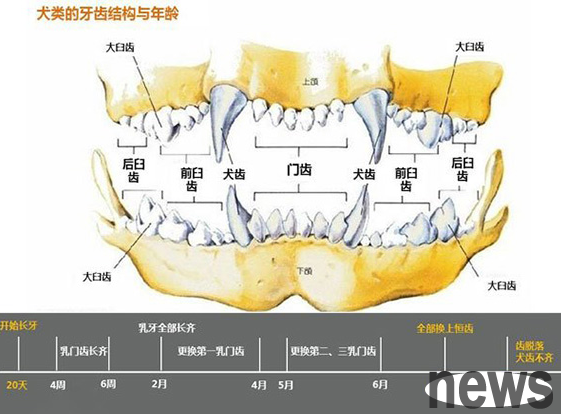What to do if the elbow joint dislocation of dogs
Pet dogs are prone to fractures, such as falling, heavy objects being crushed, muscle traction, being hit, running, and jumping, etc., which may cause fractures to the dog.
elbow joint dislocation
⑴ Causes: elbow joint dislocation can be congenital and acquired. Congenital nature accounts for 17% to 20%. It is most common in small breed dogs, such as the Beijing Baby, the British Bulldog, the English Sheepdog, etc. Congenital elbow dislocation may be related to genetics, such as high incidence of both sides; multiple occurrences of puppies in a litter of puppies; some puppies have multiple soft tissues and skeletal abnormalities. Acquired elbow dislocation is mostly caused by trauma.

⑵ Symptoms Congenital elbow dislocation in dogs is mostly 3 to 6 months old, and the forelimbs on one or both sides are ill. The elbow joint is flexed, unable to stretch, and limps when walking. The elbow protrusion is abducted, rotating forward and upward at 45~90 o. During traumatic elbow dislocation, sudden limping and local soft tissue injury. External dislocation is often obvious, the radial and ulnar dislocation is displaced outward, and the forearm or foreshadowing are rotated or adducted. The joint is flexed and the pain is obvious, so the joint cannot be stretched and flexed. Due to joint flexion, the animal's fingers do not touch the ground when standing.
⑶ Diagnosis According to clinical symptoms and easy diagnosis of palpation, X-ray examination can see no fractures and ligament ruptures.
⑷ Treatment of
① Congenital elbow dislocation. Newborn young dogs can use closed revision fixation. After revision, use a steel needle to enter the distal end of the humerus from the elbow process or cross the humeral condyle and elbow process to fix it, and cooperate with external fixation to achieve success; young dogs 1~16 weeks old can adopt open revision fixation. There are many surgical methods such as lateral arthroplasty, lateral ligament incision, trolley and trolley notch reconstruction. However, surgical treatment is not suitable when a dog can support its weight or walk. It is recommended to fix it with a "a "a font splint bandage after the operation.

②Traumatic elbow joint dislocation has two types: closed and open reconciliation and fixation. During closed revision, the elbow joint is flexed by 100~110o, and the right thumb presses the eagle-mouth process inward to make it stuck on the inner surface of the lateral epicondyle of the humerus (the eagle-mouth fossa). Then the left thumb pushes the radial head inward to make it slide across the small head of the humerus and reduce it. If the radial head is pressed inward and it is difficult to reset, you can first stretch the joint slightly so that the eagle beak breaks into the eagle beak fossa, and use this as a fixed fulcrum, then rotate inward and retract the forearm bone to slide inward and reset. After revision, fix it with a "a herringbone bandage for 2 weeks and restrict joint movement for 6 weeks to reduce joint flexion. During open revision, the lateral surgical pathway of the elbow joint is usually selected to incise the joint capsule and reveal the joint. Repair according to the closed repair method. If it cannot be reset, a blunt-headed instrument (such as blunt-headed scissors do not open) can be inserted between the medial side of the radial head and the lateral condyle of the rib. When the joint is flexed, pry the lateral condyle of the humerus forward and outer to reduce it. If the lateral ligament is broken, the ligament can be sutured and connected, or the two broken ends can be fixed to the lateral humeral condyle and the radial head with screws respectively.
Postoperative Nursing
(1) Regardless of external fixation or internal fixation, the affected dog must be restricted within 2 weeks after the operation and free movement will be carried out after 2 weeks.
(2) Systemic application of antibiotics to prevent and control infection.
(3) After 24 to 48 hours of external fixation, check whether there is edema below the fixation. If there is swelling, it means that the bandaging is too tight and should be re-banded.
(4) Strengthen feeding management and nutrition, and supplement vitamin A, vitamin D and calcium preparations.
(5) External fixation is generally removed for 45 to 60 days, and the internal setting is set for 180 days. The bone marrow needle or bone plate can be removed surgically after X-ray examination.




